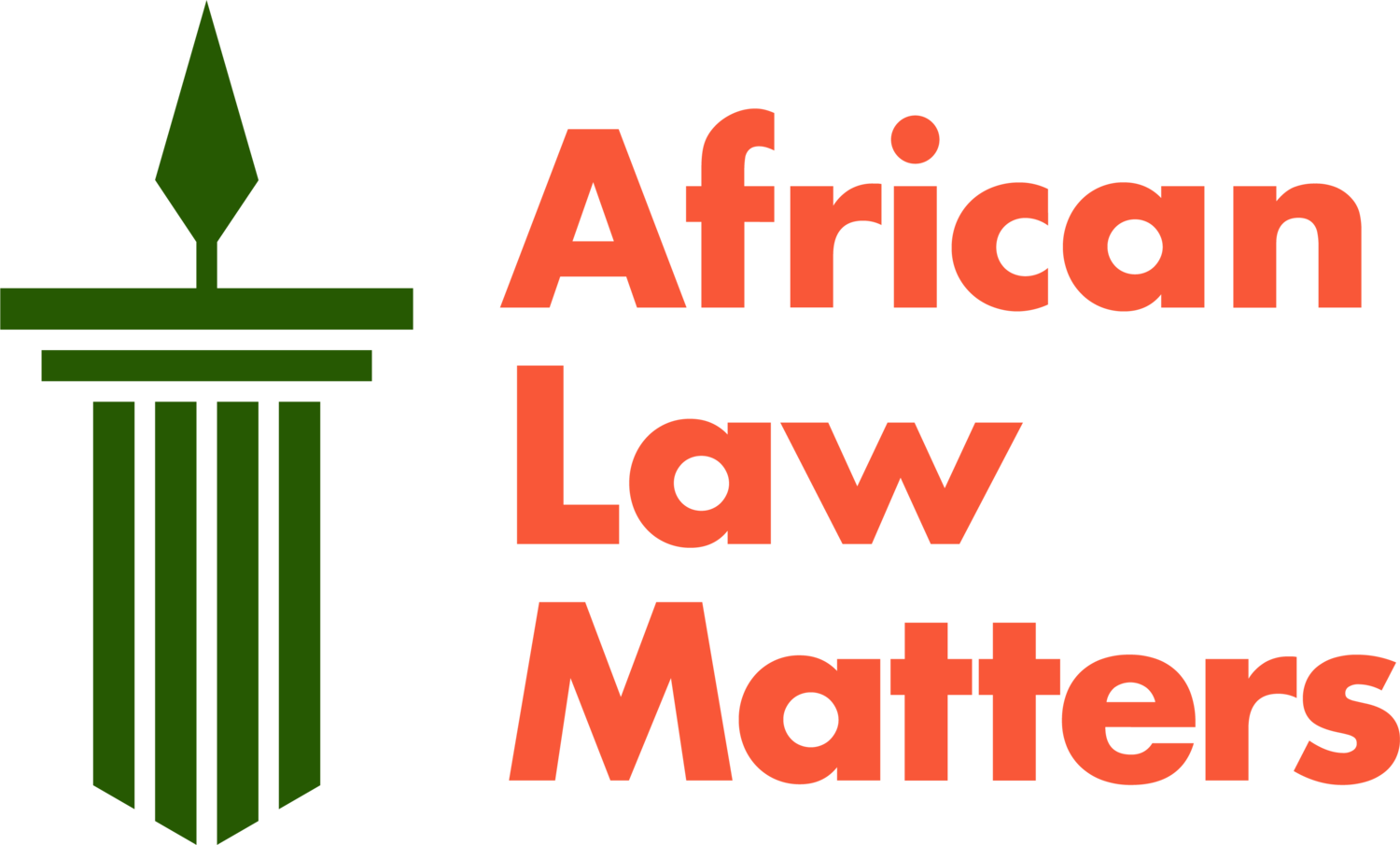South Africa, Rwanda and Conflict Classification in the DRC
ALEXIS HUGUET/AFP via Getty Images
On 26 January 2025, President Cyril Ramaphosa stated that “South Africa’s military presence in the eastern DRC is not a declaration of war against any country or state”.
This follows the loss of 14 members of the South African National Defence Force (SANDF) deployed as part of the Southern African Development Community Mission in the DRC (SAMIDRC). Under international humanitarian law, the area of international law which regulates armed conflict, no formal declaration of war is required for the existence of an armed conflict. Instead, whether an armed conflict exists is an objective factual assessment.
There are two broad categories of armed conflicts under international humanitarian law: first, an international armed conflict (also referred to as an interstate armed conflict fought between two or more States) and second, a non-international armed conflict (where one or more of the parties to the conflict is not a State). As the International Committee of the Red Cross (ICRC) has highlighted, there is no central authority under international law tasked with classifying violent situations as constituting armed conflicts. Instead, parties to an armed conflict need to determine the legal framework applicable when conducting their own military operations.
Determining the type of conflict which exists in any given situation has legal implications for the parties involved in the conflict. For example, if one considers M23 as indeed being a proxy of Rwanda, then SAMIDRC – which has been actively fighting M23 since its deployment – is in fact engaged in an International Armed Conflict with Rwanda. Consequently, M23 fighters, which would not ordinarily be entitled to Prisoner of War status, might potentially be granted such status given the conflict is international in nature.
Moreover, Rwanda may ultimately be held responsible for violations of the law of armed conflict committed by M23 fighters under international law. The precise type of conflict SAMIDRC is engaged in ultimately determines the applicable legal framework. Obligations owed to warring parties are generally more expansive in international armed conflicts than in non-international armed conflicts.
The Nature of the SAMIDRC Deployment
SAMIDRC was first deployed to the DRC in December 2023 following a decision of the SADC Summit of Heads of State and Government. Despite recent statements to the contrary, there is little doubt that the SAMIDRC deployment is offensive in nature (representing more of a peace enforcement operation rather than a peacekeeping mission). By its own admission, SADC deployed SAMIDRC in accordance with the SADC Mutual Defence Pact – arguably an exercise of the bloc’s right of collective self-defence. That SAMIDRC is involved in offensive operations against the M23 is well documented. The UN Group of Experts on the DRC has noted the offensive nature of the SAMIDRC operation (para. 31, 88) and the UN Secretary-General has made reference to SAMIDRC’s mandate to ‘neutralize negative forces and armed groups’ in eastern DRC (para. 11).
Who is SAMIDRC fighting against in the DRC?
The situation in the DRC remains incredibly complicated, with more than 100 armed groups active in the country. Several parallel armed conflicts have been ongoing in the DRC. This means that different rebel groups have been fighting each other whilst some groups, such as the M23 has been fighting against the armed forces of the DRC (FARDC) and support forces which include MONUSCO and SAMIDRC. It is also alleged that in addition to supporting the M23, the Rwandan armed forces are also present in the DRC and fighting alongside it. The UN has consistently alleged Rwandan involvement in the DRC, with UN Secretary-General Antonio Guterres recently calling for the withdrawal of Rwandan forces from the DRC.
In this mosaic of violence, it is necessary to determine who SAMIDRC has been fighting against in the DRC and who SAMIDRC is fighting with in order to establish the nature of South Africa’s exact involvement. Based on the SADC deployment, it seems clear that SAMIDRC is first and foremost fighting alongside the FARDC, most notably fighting against the M23. However, it is open to question whether, given Rwanda’s alleged involvement, SAMIDRC is in fact fighting against the Rwandan defense force too.
“…utmost caution should be applied to any assessment of the situation as it carries significant legal implications, least of which includes the possibility that there exists an international armed conflict between South Africa and Rwanda.”
The relationship between M23 and Rwanda and why it matters for South Africa?
There are conflicting reports and opinions whether the M23 is a proxy force under Rwandese command. Rwanda continues to deny such allegations, as does the M23. Whether or not the M23 is a proxy of Rwanda has a significant impact on the classification of the fighting relationship between Rwanda and SAMIDRC, of which South Africa is a troop contributing country.
When a sovereign State exercises overall control over a rebel group fighting against another sovereign State, then the situation which appears to be a non-international armed conflict is in fact classified as an international armed conflict between the two States. Therefore, if one considers that Rwanda exercises overall control over M23, then it means that there is an international armed conflict between the DRC and Rwanda. By extension, this also means that any armed forces supporting the DRC against the M23, including SAMIDRC, are a party to such an international armed conflict.
Even if the M23 falls legally short of being considered a proxy, fighting alongside or in an alliance with the Rwandan armed forces in the DRC raises equally notable legal implications for South Africa as a troop contributing country. The UN’s Final Report of the Group of Experts on the DRC has noted evidence of M23 fighters and Rwandese soldiers fighting alongside each other in Sake and Goma against the armed forces of the DRC (paras 41, 42, 62). The same UN report suggests that the Rwandan armed forces and M23 took control of several villages including Shasha, a village with strategic access to Lake Kivu. The reported presence of the Rwandan armed forces on DRC territory fighting against the FARDC suggests that there is factually an ongoing international armed conflict between the DRC and Rwanda. Simply put an international armed conflict exists when the armed forces of different States engage in military operations against each other or by proxy.
To date, publicly available information does not suggest that SAMIDRC has directly clashed with the Rwandan armed forces. However, if SAMIDRC engages in military operations against Rwandan forces on the territory of the DRC, such a situation may be classified as an international armed conflict (as the contributing States to SAMIDRC, including South Africa, are engaged against the armed forces of another State, Rwanda). In the event that the M23 and the Rwandan armed forces fight in an alliance against the FARDC and its allies, which includes SAMIDRC, troop contributing countries to SAMIDRC should take note of the risk of internationalizing the non-international armed conflict between SAMIDRC and the M23.
Essentially, if SAMIDRC engages both members of the suggested alliance (M23 and Rwandan armed forces) then SAMIDRC (and by extension South Africa) is engaged in both a non-international armed conflict with the M23 and an international armed conflict with Rwanda. That being said, utmost caution should be applied to any assessment of the situation as it carries significant legal implications, least of which includes the possibility that there exists an international armed conflict between South Africa and Rwanda. Despite a tense exchange between President Ramaphosa and President Kagame in connection with recent events, it would seem that neither State intends such a conclusion.


